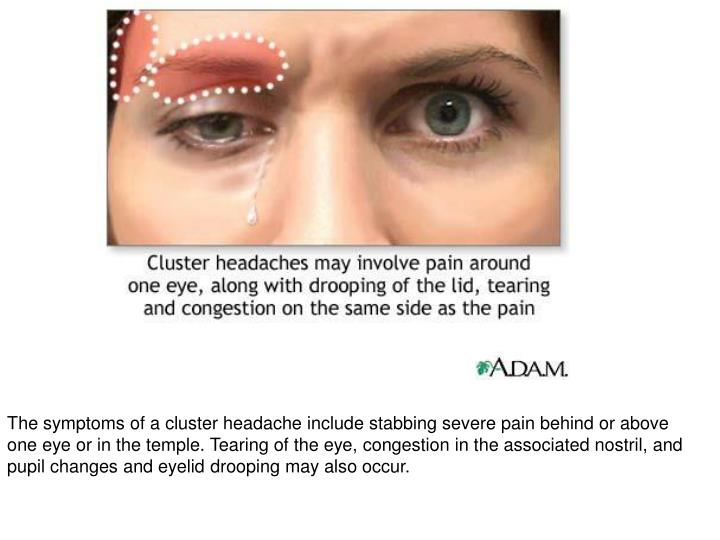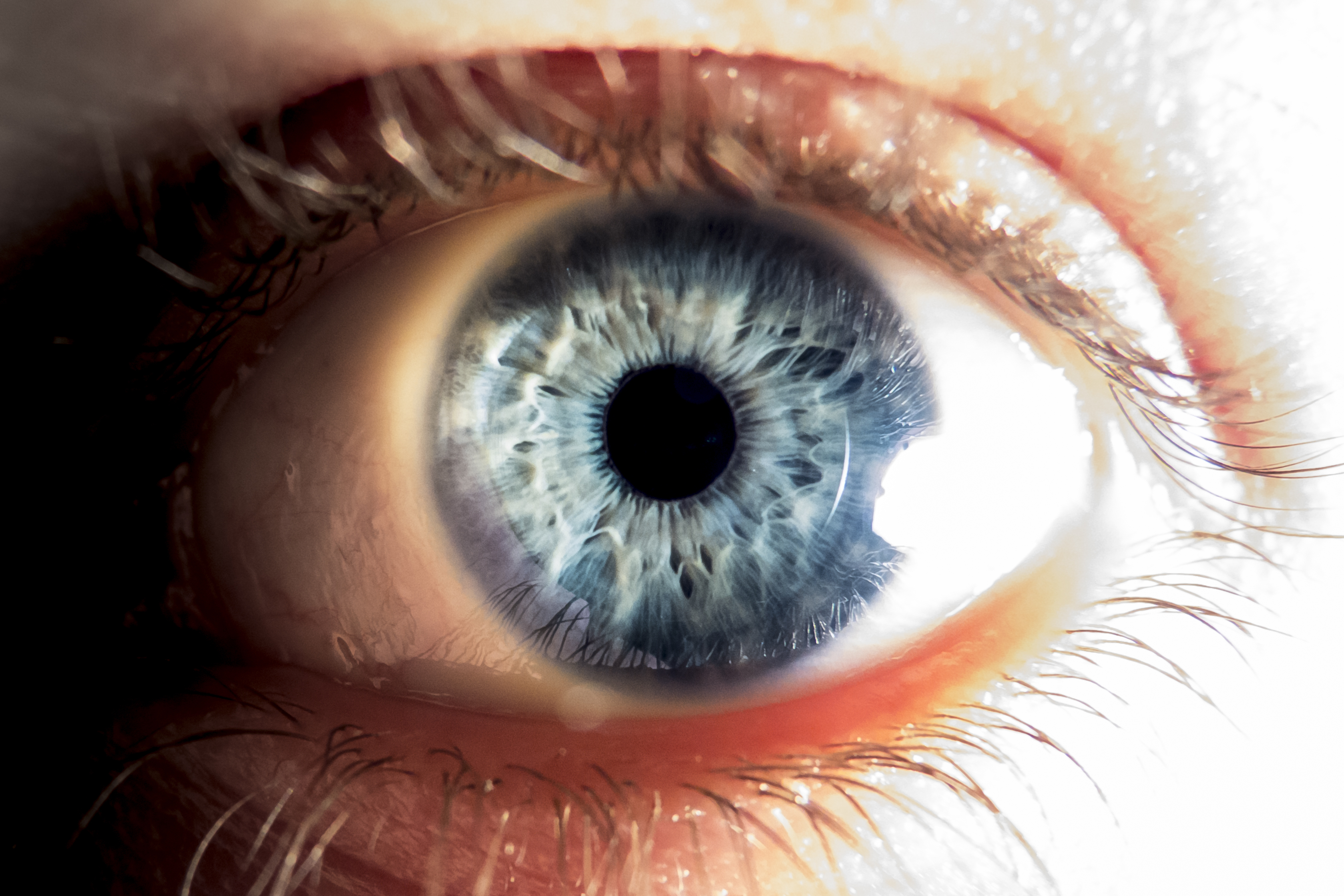
Could it be that people who did not have the eye symptoms were spectacle wearers, for example, offering some protection?Ī: We know that around 16% of people have ocular symptoms, and our research suggests that these are felt by people at around the same time as other COVID-19 symptoms, and they last for just as long. Q: How do your findings inform future research?Ī: We need to ascertain how exactly the eye transmits the virus, what pathways are involved in the transmission, and why it affects some people and not others. Q: Why are light sensitivity and watering important?Ī: They suggest viral infection rather than bacterial infection. Our research showed that light sensitivity and watery eyes were also important. The eye symptoms linked to COVID-19 are not mucus discharge or dry eyes or lumps and bumps on the eyelid. Q: Do your findings meaningfully affe ct current treatment?Ī: Yes, as other symptoms of the eye, such as mucopurulent discharge, are not associated with virus infection and need different type of treatment as it is linked to bacterial conjunctivitis needing antibiotics.Ī: Sore eyes are when the eyes feel uncomfortable or sore.

Our research specifies which eye symptoms were experienced during COVID-19 infection. The term “conjunctivitis” has been used frequently, but conjunctivitis is a broad term, and it can represent many symptoms in the eye, some of which are not shown at all with COVID-19 infection.

Question: Why is this research important?Īnswer: It is known that the eye can be involved during COVID-19 infection.

Healio/OSN spoke with Shahina Pardhan, PhD, director of the Vision and Eye Research Institute, Anglia Ruskin University School of Medicine, Cambridge, U.K., about the research she co-authored.


 0 kommentar(er)
0 kommentar(er)
